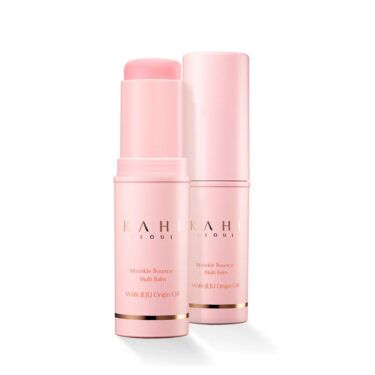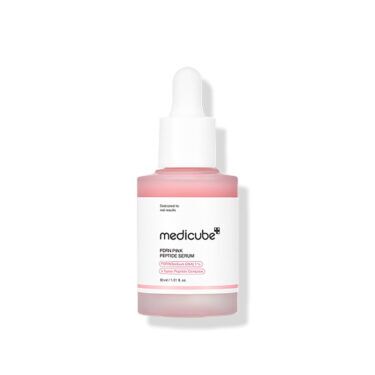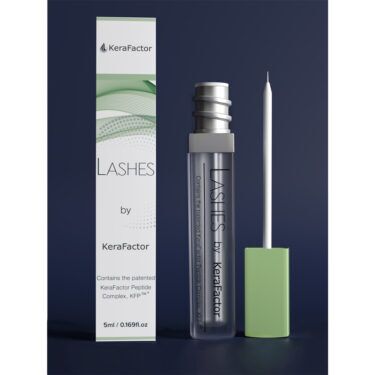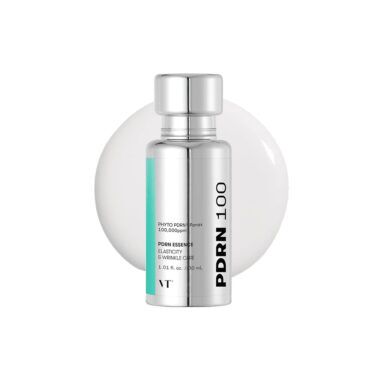
We may earn commission from links on this page. Each product featured has been vetted and chosen by our editors.
One of the biggest trends that gained traction this past year was polynucleotides for skin care. Popularized by Jennifer Aniston’s “salmon sperm facial,” this K-beauty innovation has taken the industry by storm, but do they really work? Known for their regenerative and anti-inflammatory properties, polynucleotides (PDRN) are the star ingredient in injectables, but we’re seeing them emerge as a skin-care hero, too. Let’s explore why everyone’s going crazy for salmon DNA.
Featured Experts
What Is PDRN and How Does It Work?
Polynucleotides are DNA fragments derived from salmon sperm or testes, known for their biocompatibility and reparative abilities. According to Southlake, TX, and Monroe, LA dermatologist Janine Hopkins, MD, “PDRN stimulates skin cell turnover and supports tissue repair by binding to specific receptors, which reduce inflammation and boost collagen production.” This regenerative process is thought to improve elasticity and promotes healthier skin overall.
Salmon Sperm Facials and Injections
The “salmon sperm facial,” a favorite among K-beauty enthusiasts, involves applying PDRN-infused serums for intense hydration and repair. Injectable treatments, such as Rejuran and Nucleofill, take it a step further by delivering PDRN directly into the dermis for targeted results.
Washington, D.C. dermatologist Nina Hartman, MD explains, “While PDRN injections show promise for improving texture and elasticity, we still need more research to fully understand their long-term effects in skin care.” She emphasizes that combining treatments with proper skin care can enhance results.
The Many Benefits of PDRN for Skin
Experts highlight that PDRN promotes fibroblast activity, which strengthens the skin’s extracellular matrix. “This leads to a firmer, more resilient complexion,” says Dr. Hopkins. Its anti-inflammatory properties are another major advantage, particularly for soothing post-treatment redness or calming irritated skin.
New York dermatologist Julie Russak, MD adds, “PDRN enhances the skin’s ability to retain moisture, leaving it plump and hydrated. It also plays a role in healing scars and improving overall texture over time.”
The increased blood flow from angiogenesis further supports a radiant and even-toned complexion. Dr. Janine Hopkins explains, “Angiogenesis, the formation of new blood vessels, is critical for improving nutrient and oxygen delivery to the skin. This helps repair damaged tissue and boosts overall skin vitality.”
Should You Use PDRN?
Whether PDRN is right for you depends on your skin goals. Dr. Russak says, “Injections are ideal for targeting deep wrinkles, elasticity issues and scars. They deliver polynucleotides directly where they’re needed most.” For daily maintenance, topical PDRN products can offer surface-level hydration and mild repair, though their results won’t match the potency of injectables. “Topical PDRN products can support overall skin health but lack the deeper impact of injections, which target specific areas for more significant improvements,” she adds.
Dr. Hartman advises incorporating PDRN as part of a broader skin-care regimen. “It can complement treatments like microneedling or laser resurfacing and help accelerate recovery,” she notes.
Potential Risks and Side Effects
While PDRN treatments are generally safe, Dr. Hartman points out that topical products may occasionally cause mild irritation, especially for sensitive skin.
Injectable treatments, according to Dr. Janine Hopkins, MD, can lead to temporary redness, swelling, or bruising but typically resolve within a few days. “As with any treatment, proper technique and professional guidance are crucial to minimize risks,” she advises.
Products to Try










